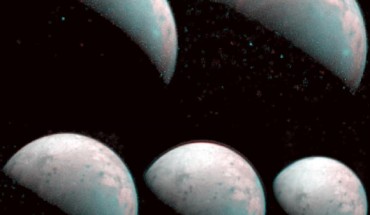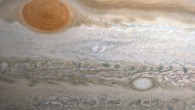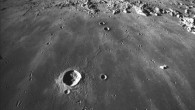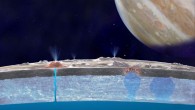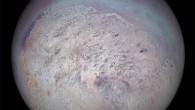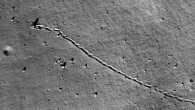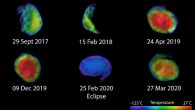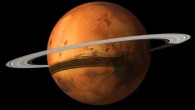The Jovian Infrared Auroral Mapper (JIRAM) instrument onboard NASA’s Juno spacecraft has captured the first infrared images of the north pole of Ganymede, the largest moon in the Solar System and one of the four Galilean moons of Jupiter. The north pole of Ganymede can be seen in center of this image taken by the JIRAM infrared imager aboard NASA’s Juno spacecraft on December 26, 2019. The thick line is 0-degrees longitude. Image credit: NASA...

